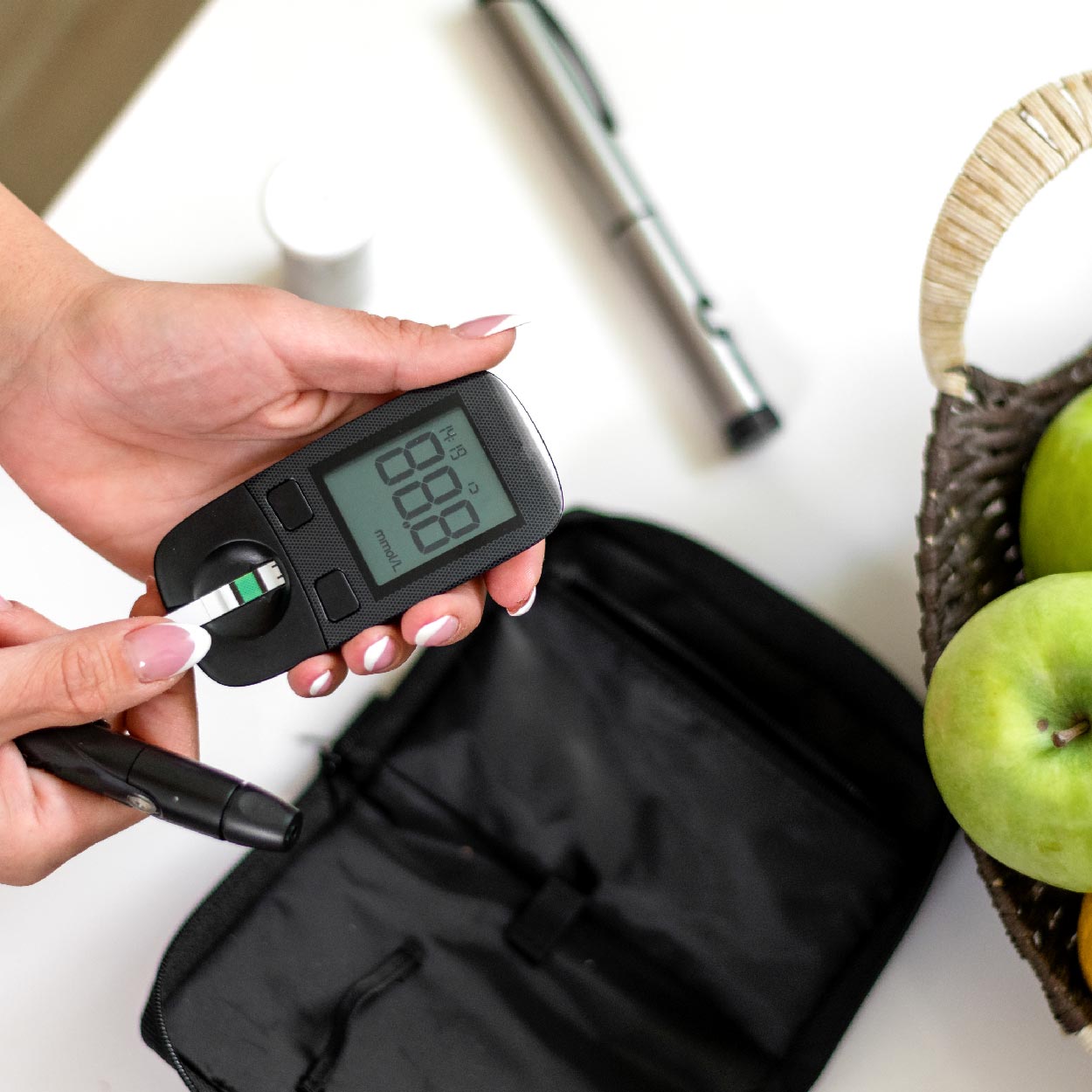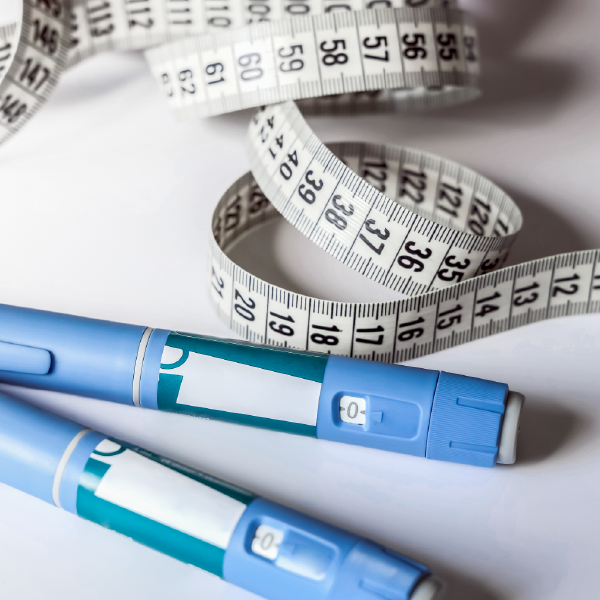Decisions, decisions. When it comes to making the proper food choices, there are so many things to consider. If only there was an app that not only counts calories for us, but also lets us know when we have reached our daily limit of the different food groups! Magic wand aside, it would still be up to us as informed individuals to set our own personal limits on what we eat. Nutrition, unfortunately, is not an exact science. Adjustments to established guidelines on what to eat are constantly being made as more is learned about biochemistry and metabolic processes. Enter the debate on saturated fats versus trans fats. Are they equally bad? Is one less equally bad?
The confusion of that last statement reflects the conundrum that we find ourselves in when weighing the pros and cons of these two types of fats.
What is uncontested is that while fat is essential to good health–including saturated fats and (some) trans fats–it is high in calories and, little by little, small amounts can accumulate and make you overweight. And it is no secret that excess weight (pounds in relation to your body type) adversely affects your health and psychological well-being. That said, the key to healthy eating is to achieve balance. So, while there are healthy saturated fats and (to a much lesser extent) healthy trans fats, they are both not as healthy as unsaturated fats. Without getting too technical in discussing the biochemistry of these substances, and just so you will have heard of such, a brief discussion follows.
Unsaturated fats contain at least one double bond in their structure. Saturated fats have no double bonds. In this case, the type of bonding makes a big difference in how the body processes these substances. Unsaturated fats are more easily digested because of their double-bond structure. While a trans fat is the unsaturated type, it has a different arrangement of atoms around the double bond (discussed below). There are naturally occurring trans fats that are not so bad for you but, for the most part, the trans fats that we eat are artificially produced through chemical processing, and they are a big no-no.
These artificial or “fake” fats are what all the commotion is about. Sadly, they are generally used in the food industry to enhance the taste of certain products in order to increase their appeal to consumers, and to increase the shelf-life of these foods. The longer these items stay on the shelf, the longer the companies have to sell them, thus reducing the amount thrown out, increasing profits.
In this case, the chemical process of hydrogenation is used, causing unsaturated fatty acids (which make up fats) to become more saturated and subsequently altering the position of hydrogen atoms around the double bond. These atoms are moved to opposite sides of the bond, known as the “trans” position, as opposed to the “cis” arrangement. Cis fatty acids form kinks and are packed more loosely, making the membrane less stiff or rigid. Trans fatty acids don’t kink, which decreases cell fluidity, subsequently decreasing vital protein signaling and hormone responsiveness. In other words, cells in the body cannot properly communicate when these “bad” fats are ingested.
The important thing to remember is that most foods contain different kinds of fats, some being better for you than others. The problem is separating the good from the bad. So, where are these fats found? Saturated fats are present in animal sources of food, such as red meat, butter, and poultry. They should be consumed in moderation. The recommended intake levels vary, but the latest suggestion by the American Heart Association is no more than 5 or 6% of total calories consumed daily. The safe level mentioned on the Mayo Clinic website is no more than 10%. Even at 10%, it is easy to exceed the healthy level of saturated fats. Let us say that you take in 20 grams (10%) of saturated fat per day. One ounce of cheese alone can contain 8 grams of saturated fat. Do the math.
For trans fats, the suggested level is “not so much.” Since the trans type is for the most part contained in processed foods that are found on shelves at grocery stores and some fast-food restaurants, they are basically being banned. While there is no specific recommended amount of the “good” trans fats, or the naturally occurring type that is found in the stomachs of some animals and foods made from them (milk and meat products), they probably should constitute a negligible part of your fat intake.
Keep in mind that the higher the amount of saturated fat consumed, the higher the level of blood cholesterol. For people with diabetes this is bad news since glucose in the blood attaches to LDL (bad) cholesterol (which increases as you eat more saturated fat), clogging the arteries and also increasing the need for insulin.
To illustrate how guidelines on foods change, way back in 1992, the U.S. Department of Agriculture (USDA) created the famous (or infamous) Food Guide Pyramid, illustrating what was known, at that time, to constitute the essential elements of a healthy diet. Since then, the USDA has revised the iconic guide based on scientific evidence and advances in nutritional studies, so the updated version still has validity.
Another source that offers a slight difference of opinion, based on more current research, is the Healthy Eating Plate created by nutrition experts at the Harvard School of Public Health and editors at Harvard Health Publications. The “plate” (which can be viewed on this page here) devised by this group, used in conjunction with the updated Food Guide Pyramid by the USDA, gives the best picture of what your diet should look like.
In this age of readily available information, it is easy to become overwhelmed. So much so that a great deal of effort has to be spent on filtering out the not-so-good information from the most accurate advice. The best thing is to self-manage your diet (taking into account your body type and genetic predispositions), have regular consultation with healthcare professionals (especially if you are diabetic or have some other metabolic condition), and perform “nutrition-detective” work on your own, staying abreast of the latest and greatest advances in nutrition science.
Saturated fats win out over trans fats as the former is definitely the lesser of two evils. What we do know with some certainty is to try to do the following: consume no artificially produced trans fats; make “good” trans fats a very small part of your diet (if any at all); eat saturated fats in moderation; and have unsaturated fats as the predominant type of fats in your diet.




